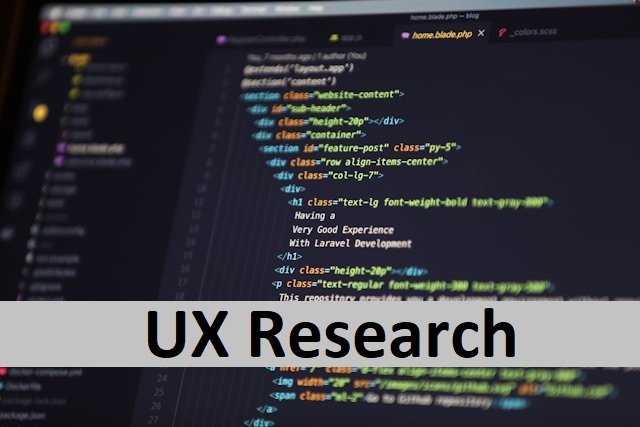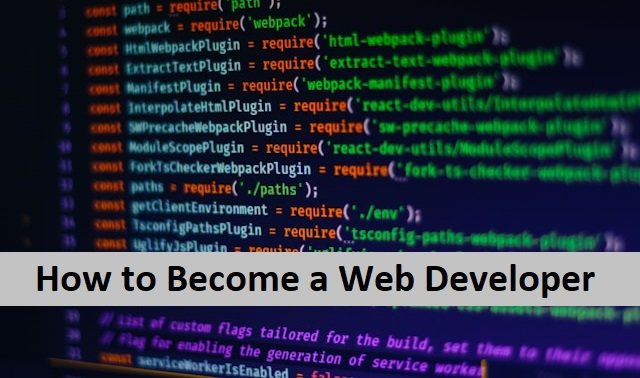When developers try to optimize a website, they pay attention to every detail. To improve the SEO of your website, you must work on everything from the content to the images. Keep image optimization in mind as you focus on properly using keywords in your content to help it rank high in Google search engines. Images are extremely important in website optimization.
Numerous tools are available today to help you make the best use of image optimization on your website. Their image optimization tools compress images to make your web pages load faster and more user-friendly. This article will discuss image optimization tools and how they help to make websites more user-friendly.
Why Image Optimization Is Useful In Today’s Marketing
The use of visuals in today’s marketing websites has greatly increased. Designers use images to improve the appearance of their websites. However, issues arise when too many images slow down the website’s speed.
Fortunately, many image optimization tools available today will compress the images for you. As a result, you can upload as many images as you want without affecting the speed or usability of your website. Here are some of the most effective tools for image optimization. Also, read about Pricing Tables.
Best Image Optimization Tools
1: Compressor.io
Compressor.io is the best image optimation tool and is trusted by developers. It allows you to cut more than 90% of the image size, but the best part is it doesn’t affect the quality of the image. It is also much easier and more versatile to optimize nearly all types of images. It can quickly optimize JPEG, PNG, GIF, and SVG images.
To begin, drag and drop the file onto the page, and compressor.io will compress it to the dimensions you specify. The disadvantage of compressor.io is that there are few restrictions on uploading images for compression. You can only upload one image at a time, which may be inconvenient for those who need to optimize images in bulk.
Visit Website: www.compressor.io
2: Kraken
Kraken is popular among developers due to its ability to optimize the bulk image. Yes, Kraken is a time-saving tool for those who want to optimize multiple images simultaneously. Don’t worry; it does not affect the image quality. It, like Compressor.io, can cut maximum image size by more than 90%. However, it outperforms compressor.io due to its optimal 20 images concurrently. Kraken also allows you to create an account to access their cloud storage easily.
Kraken is available in both free and paid versions. If you are a professional web designer who needs to compress files regularly, you can purchase the pro version of Karaoke, which has more features, as the free version only allows you to compress files up to 1 MB. You must purchase the pro version to compress images larger than 1 MB. Also, read Enterprise Messaging UX.
Visit Website: https://kraken.io
3: CompressNow
CompressNow is another simple tool for bulk image optimization. It allows you to drag and drop up to ten images at once. CompressNow displays a slider that allows the user to choose the compression level for the images. It will show the image quality after being compressed by a certain percentage.
CompressNow’s disadvantage is that it applies the same optimization level to all images; if you require different optimization levels for all images, CompressNow is not for you.
Visit Website: www.compressnow.com
4: Optimizilla
Optimizilla is good news for designers who want the smallest image size without compromising quality. It is the best tool for JPEG and PNG image optimization. Optmizilla includes a slider that displays image quality before and after compression.
It also assists you in determining the image size at which quality is maintained so that you are not concerned after the image is uploaded to the internet.
Visit Website: https://imagecompressor.com
5: ImageRecycle
When it comes to features, ImageRecycle is the best tool. It can compress JPEG, PNG, GIF, and PDF files. It also includes a 15-day free trial and is much simpler to use. For optimization, you must drag and drop the file.
It also provides a free website analysis report. The report indicates which images on your website should be optimized. ImageRecycle is the most effective optimization tool for both WordPress and Shopify. It comes with a wordpress plugin and a shopify app, making it simple to use on these websites.
Visit Website: www.imagerecycle.com
6: Online Image Optimizer
An online image optimizer is your best friend when optimizing and quickly loading images on your website. All image files, including PNG, GIF, and JPEG, are optimized here. Using an online image optimizer makes image optimization much easier.
It differs from other tools because it allows you to upload an image via URL. This saves you time and effort. Simply copy-paste the URL of the image that needs to be optimized, and it will do it online—one disadvantage of the online image optimizer is that you can only upload one image at a time.
Visit Website: www.imageoptimizer.net/
7: TinyPNG
TinyPNG is the first image optimization tool, and it is also free. It is the best option for PNG and JPEG image optimization. It also saves time by allowing you to upload 20 images at once.
However, there is one disadvantage.
This free tool has some limitations; you can only upload 100 images per month. If you need to optimize more than 100 images in a month, you will need to use additional tools. Also, read about Modern Web Design.
Visit Website: https://tinypng.com/
8: GiftOfSpeed
Another excellent tool for optimizing PNG and JPEG images is GiftOfSpeed. It can reduce the image size to the smallest possible size. It also optimizes online images to save time when using them.
However, there is one disadvantage. It only supports multiple image uploads for PNG files and no other file types.
Visit Website: www.giftofspeed.com
9: JPEG Optimizer
JPEG Optimizer is an image optimization tool available online. It is the most effective tool because it resizes images before optimizing them. As a result, you can reduce image loading time. This tool benefits photographers by allowing them to customize their optimization level. It will make quality control easier and save space.
First, choose the image you want to optimize from your computer. Then, for your image, choose the compression level. If you want to resize your image, select resize and enter the dimensions you require. It is now ready for optimization. To load your image on the website, click the optimize button.
One disadvantage of using a JPEG optimizer is that the quality suffers when the image size is reduced.
Visit Website: www.jpeg-optimizer.com
Wrapping Up
Visuals are required on modern websites to provide the best user experience. Adding too many images, on the other hand, will cause the website to load slowly, which is a spectacular failure. Image optimization tools have made developers’ lives easier. You can use the tools mentioned above to optimize images.
Furthermore, the majority of these tools are free and simple to use. You must select the most appropriate tools for your website. These tools aim to save time and space on the website to increase its speed and engagement.




